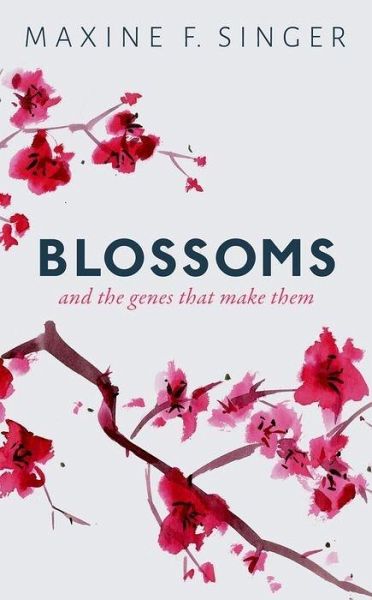
BLOSSOMS C
Versandkostenfrei!
Versandfertig in 1-2 Wochen
21,99 €
inkl. MwSt.

PAYBACK Punkte
11 °P sammeln!
Flowers evolved to attract pollinators, so new generations of plant can form. But how do plants know when to bloom, and how do they construct their flowers? This book describes what we have learnt of the astonishing genetic and epigenetic processes behind the dazzling variety of flower shapes, colours, and scents.













